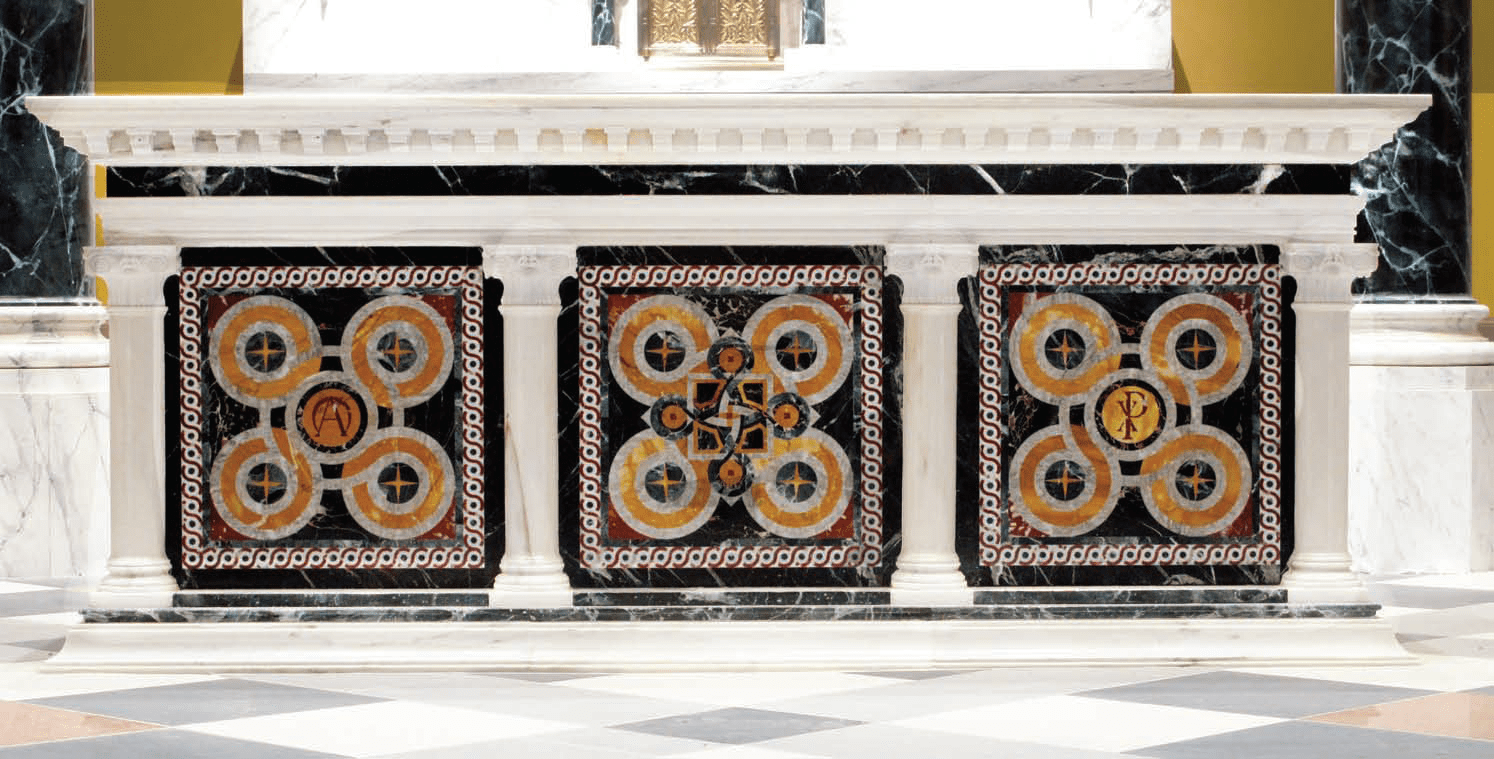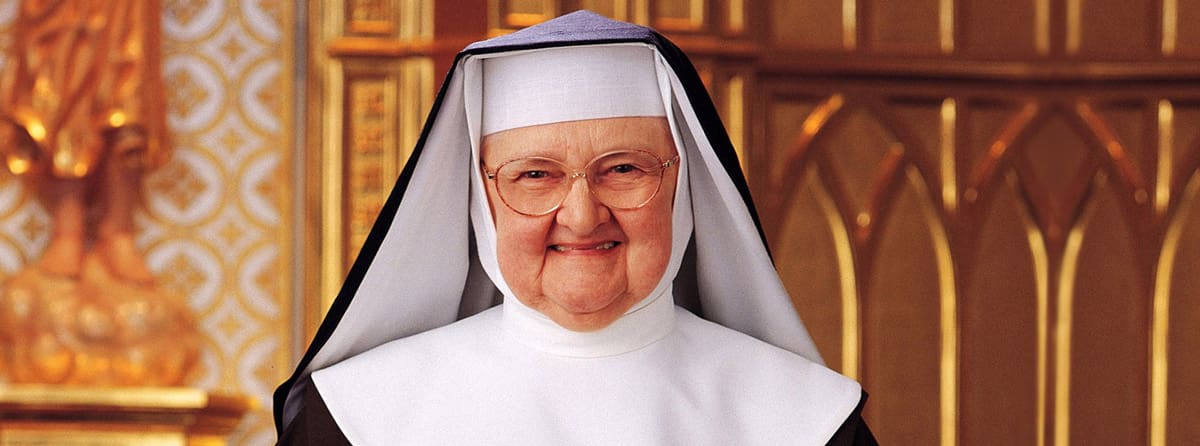Like it or not, we hear a great deal nowadays about the “race for the White House.” Who will make it, and how will he or she get there? Twists and turns, dead-ends and detours: the path to the center of the city set upon the hill is – even for the bystander – long, tiring, wearisome – and worrisome.
But if American presidential politics is not to your liking, or if you need a healthy alternative to this year’s race, consider another similar, yet far superior race: the Christian pilgrimage.
I say “similar” since both roads seek a glorious destination, one that rewards and satisfies an arduous journey. Both pilgrimage and presidential run take time, and there are no shortcuts. And both satisfy a human need: man the “political animal” (if we accept Aristotle on this point) is made ultimately for a supernatural destiny, the City of the Heavenly Jerusalem.
Despite the parallels, though, the divergences are even sharper. The principal way in which pilgrimage offers what politics cannot is, for good or ill, Jesus himself. Very few – if any – would confuse a political campaign for a meeting with Christ, yet the whole point of the Christian Pilgrimage is to imitate, radiate, and ultimately encounter Jesus.
American presidential races have a colored history, but these pale in comparison to the history and spirituality of a pilgrimage.
On the merely human level, life itself is read as a road and a passage. From Frank Sinatra’s “My Way” or, more recently, Tom Cochrane’s “Life is a Highway,” to such expressions as “It’s all about the journey,” human beings naturally relate to stages and passages. But in this regard, and left to our own devices, men and women are without a compass, not knowing where they are going. Modern man seems especially susceptible to being lost. As Catholic novelist Walker Percy asks: Why is it easier to know more about a star that is thousands of light years away than to make it successfully and joyfully through an average Wednesday afternoon? We are, naturally speaking, “lost in the cosmos.”
But the “Morning Star” begins to appear in the time of the Old Covenant. Abraham, Isaac, and Jacob (and many other figures) are directed by God to a destination of God’s own choosing. The Chosen People, led by God through the persons of Moses and Joshua – prefigurements of Christ – go on pilgrimage from a land of slavery, death, and darkness into a land of freedom and life, one “flowing with milk and honey.” Since that great exodus, Hebrew males were required by divine law to make pilgrimage to Jerusalem each year to commemorate the event.
The great exodus journey of the Chosen People is fulfilled in Christ. At the Transfiguration, Moses and Elijah speak to Jesus of “the exodus he was about to make in Jerusalem” (Luke 9:41). This exodus, which is history’s definitive race and pilgrimage, begins “beyond the Jordan” (John 10:40), from where Jesus passes through the Jordan (as another Joshua before him had done), enters God’s city of Jerusalem, and through his suffering and death on the cross, he ascends to the Father.
When Jesus “accomplished in himself the mystery of the Temple and had passed from this world to the Father (cf. John 13:1), thereby going through the definitive exodus in his own person, no pilgrimage was binding any longer on his disciples: their entire lives now become a pilgrimage towards the sanctuary of heaven and the Church is seen as an ‘earthly pilgrimage’” (Congregation for Divine Worship and the Discipline of the Sacraments, Directory on Popular Piety and the Liturgy, 281).
Today, “all Christians are invited to become part of the great pilgrimage that Christ, the Church and mankind have made and must continue to make in history” (Pontifical Council for the Pastoral Care of Migrants and Itinerant People, The Shrine: Memory, Presence, and Prophecy of the Living God, 1), and the pilgrimages that we make today – and are called to make by the Church – are sacramental expressions, individual embodiments of Christ’s own journey back to the Father’s house.
The Year of Mercy, which concludes on the Solemnity of Christ the King, emphasizes this longstanding Christian practice: “The practice of pilgrimage has a special place in the Holy Year, because it represents the journey each of us makes in this life. Life itself is a pilgrimage, and the human being is a viator, a pilgrim travelling along the road, making his way to the desired destination” (Misericordiae Vultus, 14). To this end, cathedrals, shrines, and other pilgrimage churches have been established around the world, and making a pilgrimage to one of these, and perhaps passing through their Holy Door, is an indulgenced act. For those unable to make the physical pilgrimage, a sort of “spiritual pilgrimage” (akin to the practice of “spiritual communion”) is encouraged: the sick or homebound are to unite their sufferings to those of Christ’s “royal road which gives meaning to pain and loneliness,” while prisoners are to consider the threshold of their cells a type of “holy door” (November 11, 2015 Message of Pope Francis).
As the warmer summer months approach (while never forgetting our readers who grow colder in the Southern hemisphere!), consider supplementing the “race to the White House” with the “race to God’s house.” Your faith, your peace of mind, and even your country will be better for it.
Christopher Carstens is editor of Adoremus.


